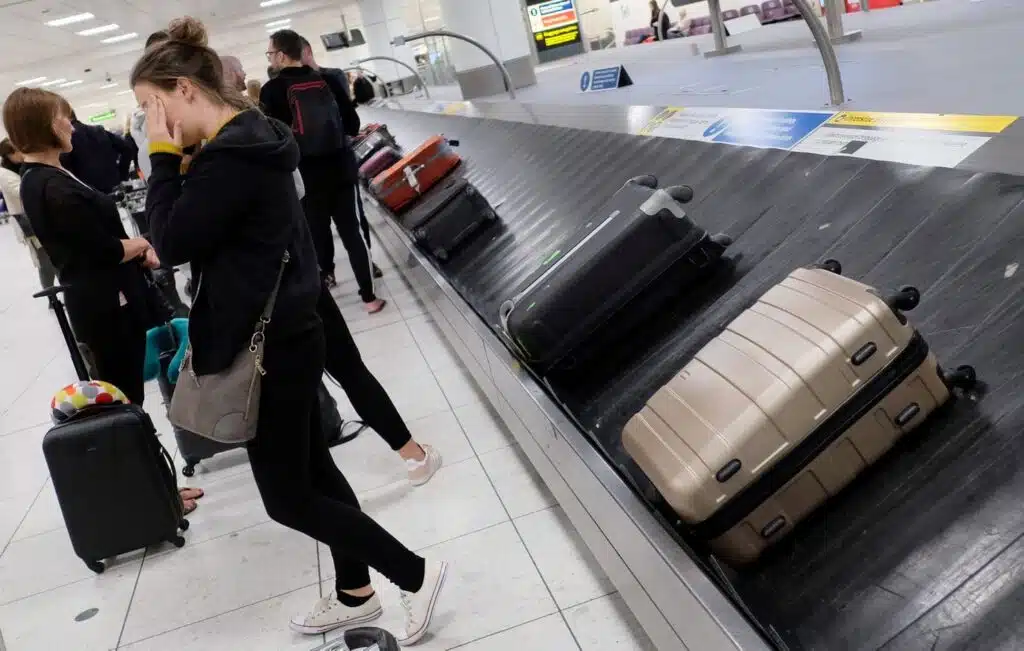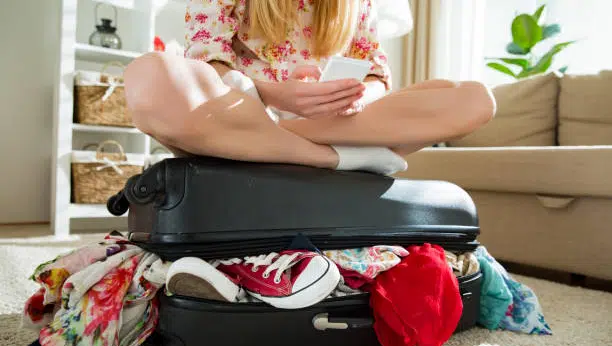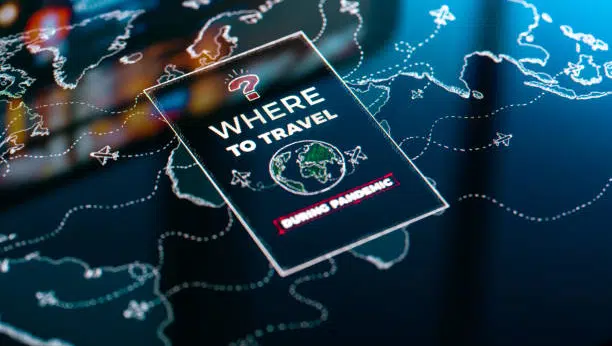Lost luggage? Have you ever been in a situation where you lost your luggage and didn’t know what to do? Well, there is a first time for everything, right? That’s why, in this post, we will give you a few handy advices of what to do when your luggage gets lost.
The most important steps to do when your luggage gets lost
When you don’t see your bag at the baggage claim, that uneasy sensation in your stomach is not how you want to leave the airport; fortunately, if your luggage is lost, there are steps you can take to get your luggage back and get reimbursed for related costs. The airline—and any insurance policies you have—might reimburse you for daily expenses and the replacement value of your lost items, but taking action right away is crucial. Here are a few steps to take when your luggage is lost.

©mckilloplegal.com.au
1. Contact the airline
The first thing to do is to contact the airline. Don’t leave the airport until you speak with an airline representative. Talking with the baggage claim or check-in desk agent is your fastest option. Call the airline if you are still looking for an airline representative. When applicable, complete any airline forms to submit your claim while you are at the airport.
The airline should provide a toll-free number to call to receive updates on your lost luggage claim. You should also reference the airline’s lost luggage page to see their policy in writing. It can be stressful, and you may need to remember everything the desk agent tells you to do.
2. Request delivery to your home or accommodation
Leave your contact information so the airline can contact you with updates. Once your luggage arrives, most airlines will hand-deliver it to your home or hotel.
If the agent doesn’t mention this delivery option, ask before you leave the airport. It can save you another trip to the airport to claim your luggage. It can be beneficial if you are pressed for time while on a business trip.
3. Request checked baggage fee refund.
Some airlines will reimburse your checked baggage fees once your luggage is delayed at least 12 hours after submitting the claim. That is why time is of the essence. Notifying the airline immediately means the clock starts sooner to receive any reimbursement.
The airline may have you submit this request when you also claim any incidental purchases like clothing and toiletries.
4. Submit a claim to the airline after 24 hours.
Most airlines let you qualify for compensation after your bags are lost for more than 24 hours. At this time, submit the airline’s baggage claim form. This form will ask for the value of your lost contents and any incidental expenses.
Airlines compensate up to 3,500 Eur per ticketed passenger for lost, damaged, and delayed baggage for domestic flights. It would be best to list an inventory of the packed items and an approximate dollar value. The airline will use this information to determine your compensation for lost and damaged items.
Whether you have luggage for business or personal use, it’s a good idea to have photos of your luggage. This way, you can provide pictures to help verify your claim.
5. Keep receipts of incidental expenses.
Most airlines will reimburse up to 50 Eur daily for five days for reasonable unexpected expenses from your lost or delayed baggage. These expenses can include clothes, toiletries, and a cell phone cable. If possible, try to get a brief explanation of what the airline considers a “reasonable purchase.”
As a general rule of thumb, buy items you usually buy to replace your current inventory. Doing so makes it more likely that your compensation claim will get approved. You will need to keep a receipt for every purchase to receive compensation.
6. Check your credit card benefits.
The credit card you used to book your flight might offer lost or delayed baggage benefits or other insured covers. These benefits might activate sooner than the airline’s. They will return any expenses not already covered by the airline or a travel insurance provider.
Read your credit card’s guide to benefits to understand the information deadlines. You may need to notify your credit card company within 20 days to start the claims process.
If your luggage is lost, you must provide the airline’s Proof of Loss statement. Also, be prepared to submit purchase receipts for lost or damaged items to receive compensation.
7. Consider travel insurance and homeowner’s insurance claims.
Let’s imagine your credit cards don’t offer baggage insurance. In that case, you might still be lucky with a standalone travel insurance policy. Even your homeowner’s or renter’s insurance might cover lost or delayed luggage.
Like the credit card benefits, you will first need to see what compensation the airline offers. Any travel insurance or homeowner’s insurance coverage is secondary.
8. Inspect luggage for damage.
If the airline finds your bag, immediately inspect it thoroughly for damage. It’s likely the airline will offer to repair or replace your luggage. However, you may need to notify them within 24 hours of receiving your luggage.
You will need to submit another form for the repair process. The airline may also require the original proof of purchase receipt for the damaged suitcase and contents. If you purchased the item online, you can easily print a copy of your purchase receipt to submit the claim.
Taking pictures of your damaged items before sending them off for repair is a good idea. Keep these pictures for your records. The airline may also require you to submit photos while submitting a claim.
9. Look for missing items.
In addition to inspecting your suitcase for damage and clothing for soiling, see if any checked items are missing. You may need to contact the airport to see if they are holding an item matching your description. If not, you can receive compensation from the airline or another insurance policy for these items.
Final words about lost luggage
Here is our advice on what to do when your luggage gets lost. However, plenty of situations demand special treatment. So, if you have been in one, please share your experiences and tips.
Take a look at
References and sources:
Photo credits:
Feature photo credits: mckilloplegal.com.au



